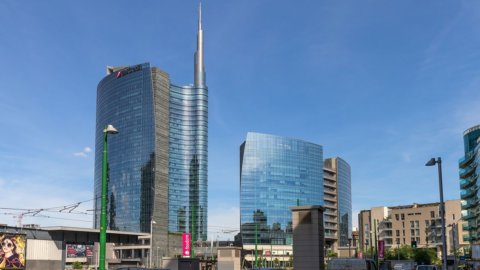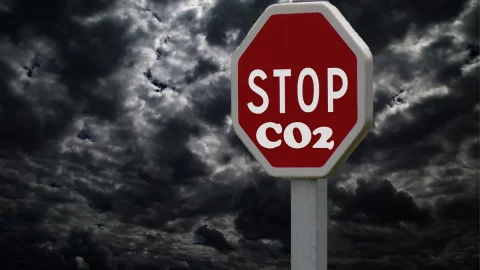Milan is increasingly the locomotive of Italy. It is revealed by the Economics Booklet of Assolombarda which highlights how in 2017, the recovery that started in 2014 is consolidated both in Milan and in Lombardy, much more than it is doing at a national level. In particular, it is precisely the capital that has the best numbers: in these four years of growth it has recorded +6,2%, almost twice the pace of Italy (+3,6%) and even better than the regional figure (+5,1 ,XNUMX%).
The difference is even more evident if performance is compared with pre-crisis levels, i.e. with gross domestic products ten years ago. By now Milan has more than compensated for the effects of the crisis, bringing its GDP to +3,2% compared to 2007, while Italy but also Lombardy itself still have to fill the gap: the balance is respectively -4,4% and -1,1%. At the regional level, Lombardy did less well than Emilia-Romagna, which recorded -0,7%.
In the period examined (2014-17) Milan was above all driven by services (+7,6%, with a weight on the value added of the territory equal to 82%) and with a sustained recovery of industry especially in the two-year period 2016-2017 (+4% and +3,4%). In 2017 there was a further +1,7% of services. Compared to the pre-crisis, however, industry is still down by -3,8%, while services recorded a +6,4%; construction instead confirms a heavy -28,3%.
The 2017 data of the manufacturing production also confirm the recovery underway for small Lombard businesses (+3,4% over the year) which grow on a par with large ones (+3,3%), with medium-sized businesses doing even better (+4,2% ). For small companies, the gap with the pre-crisis period remains large (-11,9%), while the averages are almost in balance (-1,1%) and the large ones travel well above (+8,2%).
The prospects that can be inferred from the confidence indexes remain positive also for this beginning of 2018: in particular, the climate of manufacturing companies in the area declines in January due to a slowdown in foreign orders for which, however, the expectations of companies remain high and positive in perspective. The consumer climate in the North West also fell in February, but still remained at historically high levels and higher than in 2016.





